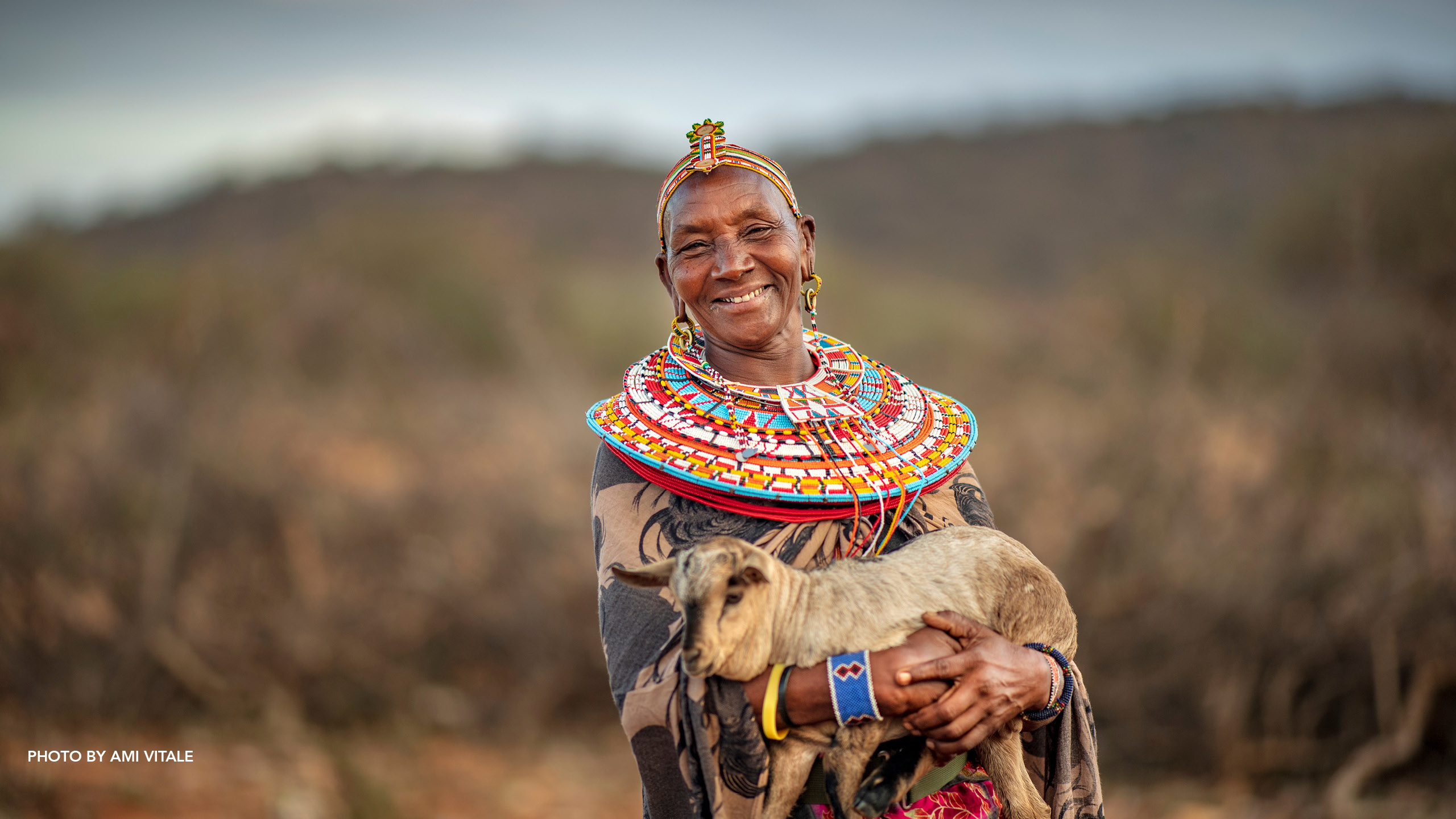
Extreme poverty in the drylands of Africa is one of the most pressing problems facing our world today. While the number of people living in extreme poverty fell between 1990 and 2019, COVID-19 has erased much of this progress. Even before the pandemic, progress had begun to slow. To achieve real change, the world needs policies and programs that reach the most vulnerable and empower them to escape the vicious cycle of extreme poverty.
More than 400 million people in Sub-Saharan Africa are experiencing extreme poverty, but the poverty graduation approach is proven to have a lasting impact. BOMA has refined this approach since 2009 with astounding results — participants experience a 147% increase in income, a 1400% increase in savings, and 95% of BOMA businesses remain active after two years. Over the years, BOMA has lifted more than 253,000 women and children out of extreme poverty in the drylands of Africa. Through 2027, BOMA is working to expand our model across Africa’s drylands to reach 3 million women, youth, and refugees living in extreme poverty.
In honor of the International Day for the Eradication of Poverty, BOMA is joining our peers in an effort to mobilize support and resources at the global, regional, and local levels to expand solutions that make an impact. Extreme poverty is a solvable problem, and at BOMA we believe that we can #EndExtremePoverty in the drylands of Africa.
Alongside more than 30 global organizations, BOMA is advocating for the use of World Bank International Development Association (IDA) funds to strengthen economic inclusion and reach vulnerable populations left behind by existing policies.
